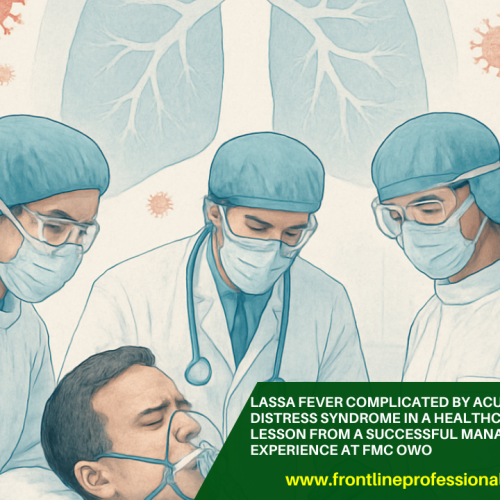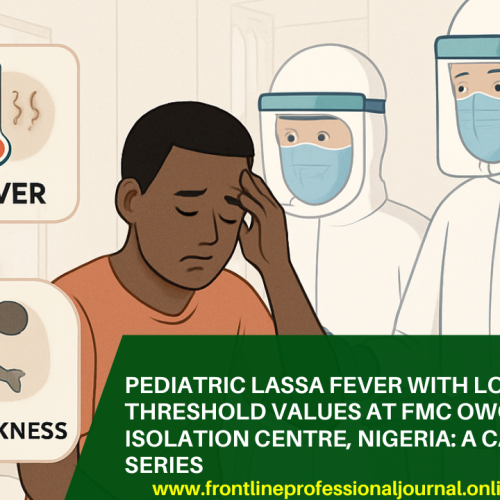Yanbom, C.T., Ordinioha, B., Bapula, A., Tiezooli, B., Nyuasun, S., Badiekang, S.M., Ogbuleka, S.C., Yanbom, A.B., Dasaah, C., Deika, A., and Baah, K.
ABSTRACT
Background: Anaemia is when the amount of red blood cells or their oxygen carrying capacity is insufficient to meet physiologic requirements. According to WHO recommendations, the minimal tolerated haemoglobin level during pregnancy is 11 g/dl. In 2011, the prevalence rate was 38.2% worldwide and 56% in underdeveloped nations. This study sought to ascertain the Understanding knowledge, attitude and risk factors of anaemia among pregnant women attending the antenatal clinic of Tumu Municipal Hospital in the Sissala East municipality of Ghana
Methods: This cross-sectional study included 401 pregnant women who were randomly selected at Tumu Municipal Hospital. The data collected included demographic and secondary data of haemoglobin levels. Haemoglobin levels were categorized using the WHO criteria; normal (≥11g/dl), mild anaemia (10-10.9g/dl), moderate anaemia (7-9.9g/dl), severe anaemia (<7g/dl). The data was analyzed using STATA (version 16).
Results: The majority (69.07%) of the participants were aged below 31 years with mean age being 27.9576 ± 6.2439 years. A higher proportion of them were; married (96.76%), Muslims (80.30%), pregnant for <3 times (55.11%), with a low economic background (87.53%). Anaemia prevalence was 43.45%. The majority of the respondents had good knowledge (84.28%), good attitudes (97.26%), and good practices (77.69%) towards anaemia control. Maternal anaemia was significantly associated with birth interval (AOR: 0.24(C.I:0.09–0.64) p=0.004), maternal age (COR: 0.42(C.I:0.17–0.99) p=0.048), antenatal care attendance (AOR: 0.49(C.I:0.28–0.86) p=0.013), diet diversification (AOR: 0.37(C.I:0.19–0.73) p=0.004), and knowledge (AOR: 0.39(C.I:0.22–0.70) p=0.002).
Conclusion: Anaemia among pregnant women is still a challenge and I recommend sensitization to improve knowledge and preventive practices anaemia thus curtailing its risk factors
Keywords: Anaemia, prevalence, associated factors, pregnant women







